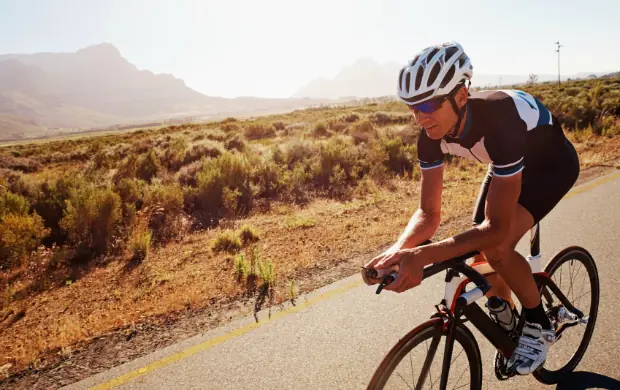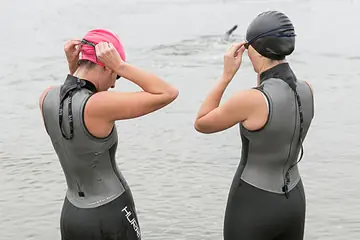
If you scan the transition area of beginner-friendly triathlons, you can find a wide range of brands and bicycle types. For your first triathlon, any bicycle that you have access to will work fine. After the triathlon bug bites, you may want to consider a new bicycle. The question is—what type of bicycle is right for you?
The two areas where the right bicycle can make the most impact are comfort and speed. If a bicycle fits correctly, you're more likely to enjoy cycling and find it easy to spend time riding. A good fit also reduces the likelihood of cycling-related injuries. Further, if the bicycle you ride is designed for the purpose or purposes you use it for, comfort increases.
A comfortable fit is one reason athletes go shopping for a new bike and the second reason is speed, or a faster bike split. The right bike can make a significant difference in your bike split.
What makes bicycles different from one another? Let's begin with the basics.
More: 3 Steps to a Faster Bike Split
Most Common Bikes in Transition
The most common bicycles found in a typical race transition area include triathlon, road, mountain and hybrid. As the race becomes more competitive, such as USA Triathlon National Championships or IRONMAN, the majority of bicycles in the transition area are triathlon bikes and perhaps a few road bikes.
What are the Differences Between Bicycles?
A bicycle designed for the road, often called a road bike, has skinny tires and frame geometry intended for road riding. The frame geometry measurement people talk about most often is the seat tube angle, or the angle that the tube supporting your saddle makes in relation to the ground. A road bike seat tube angle typically ranges from about 73 to 75 degrees.
Mountain and hybrid bikes usually have tires that are wider and have a more aggressive tread pattern and than those found on a road bike. The seat tube angles often range from just over 71 to as steep as 75 degrees. The lower seat tube angles found on these bikes is considered a "more relaxed" frame geometry. The frame geometry for mountain bikes is designed for heavy off-road riding, single track, and going over rocks and other trail obstacles. Hybrid bikes are designed for road and light off-road riding, such as dirt roads with few technical obstacles.
Triathlon- or time trial-specific frames have skinny tires like a road bike and are intended for road use. The most visible differences between a triathlon bike and a road bike include aerobars instead of regular handle bars and many models have specially shaped frame tubing and special wheels. These design features are intended to minimize drag and increase speed (more on this later.) Triathlon bikes have steeper seat tube angles that are typically 75 to 80 degrees.
- 1
- of
- 2
About the Author

Gale Bernhardt was the USA Triathlon team coach at the 2003 Pan American Games and 2004 Athens Olympics. She's worked as one of the few World Cup coaches and delivered coached education training for the Triathlon Union's Sport Development Team. She has coached Olympic road racers, World Cup mountain bike riders and Leadville 100 racers. Thousands of athletes have had successful training and racing experiences using Gale's ready-to-use, easy-to-follow training plans.









Discuss This Article